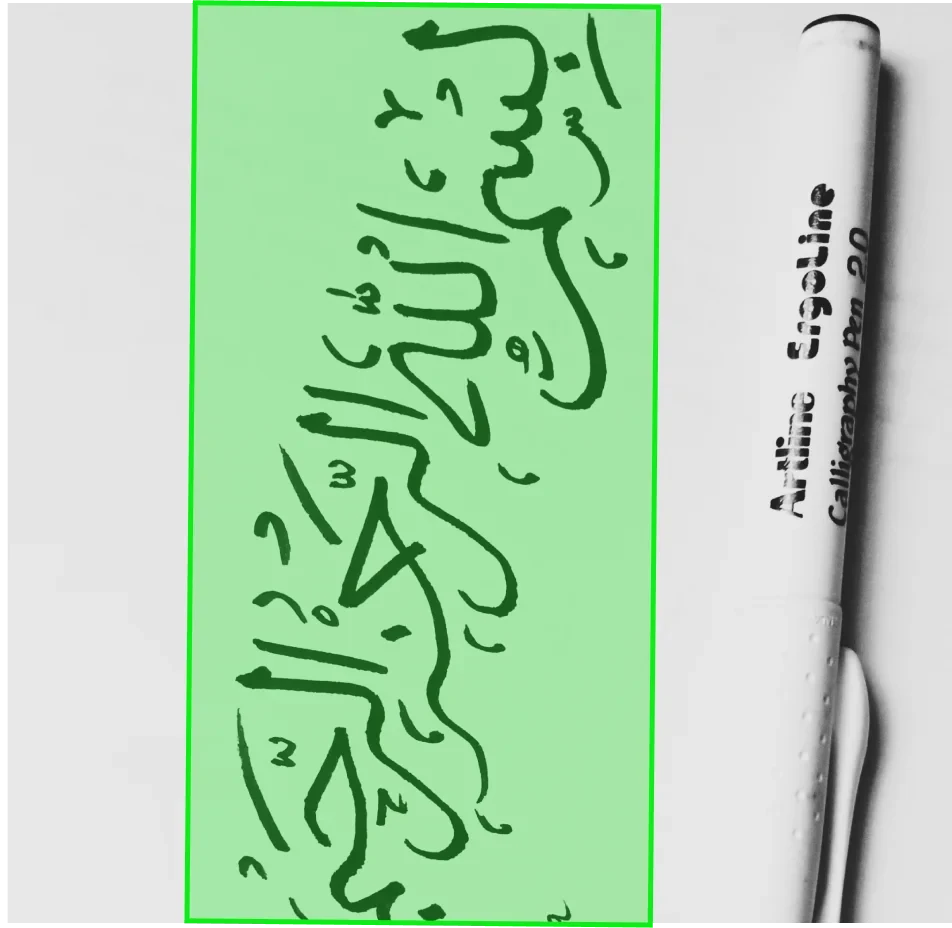Arabic Text Dataset
Home » Case Study » Arabic Text Dataset
Project Overview:
Objective
To compile an expansive dataset of Arabic text tailored for a spectrum of linguistic and machine learning applications, it is essential to emphasize accuracy, diversity, and cultural nuances. Consequently, the process requires a comprehensive approach that incorporates various sources and text types.
Scope
The collection of Arabic text spans multiple genres, encompassing a wide array of literary forms and thematic expressions. To ensure precision and richness, intricate annotations have been meticulously added. Additionally, these annotations provide comprehensive insights, enhancing the reader’s understanding of the nuances within the text. Moreover, the diverse genres represented include poetry, prose, historical documents, and religious texts.




Sources
- Literary genres encompass poetry, fiction, and non-fiction are collected. Additionally, within these broad categories, we find various subgenres that further enrich the literary landscape.
- Effectively collected news articles and broadcasts disseminating information.
- Scholarly research papers produced within academia.
- Discussions were collected on online forums and posts on social media.
- Texts with historical and religious significance are curated effectively.



Data Collection Metrics
- Total Text Entries: 300,000
- Literary Works: 80,000
- News Articles: 70,000
- Academic Papers: 50,000
- Online Conversations: 60,000
- Historical & Religious Texts: 40,000
Annotation Process
Stages
- POS Tagging: involves labeling parts of speech for each word. Additionally, Named Entity Recognition focuses on identifying and classifying names, places, dates, etc.
- Named Entity Recognition: Furthermore, Sentiment Analysis entails tagging sentences or passages with their emotional tone.
- Sentiment Analysis: Tagging sentences or passages with their emotional tone.
- Moreover, Dialect Identification: Labeling based on regional Arabic dialects (e.g., Egyptian, Gulf, Levantine).
- Lastly, Morphological Analysis: Breaking down words into their root, pattern, and affixes
Annotation Metrics
- Total Annotations: 1,500,000
- POS Tags: 500,000
- Sentiments: 200,000
- Dialect Tags: 250,000
- Morphological Tags: 250,000




Quality Assurance
Stages
Linguist Review: Engaging native Arabic linguists to validate annotations.
Additionally, Consistency Audits: Automated tools to ascertain uniformity across annotations.
Furthermore, Inter-annotator Agreement: Assigning overlapping sections to multiple annotators to ensure consistent tagging.
QA Metrics
- Annotations Reviewed by Linguists: 150,000 (10% of total annotations)
- Inconsistencies Detected and Rectified: 30,000 (2% of total annotations)
Conclusion
The Arabic Text Dataset initiative has led to the creation of a resource-rich in cultural, academic, and linguistic diversity. Consequently, through meticulous collection and annotation, this dataset stands out as a beacon for Arabic language studies, AI training, and linguistic research. Furthermore, its vastness and depth are sure to contribute significantly to advancing Arabic natural language processing and understanding.

Quality Data Creation

Guaranteed TAT

ISO 9001:2015, ISO/IEC 27001:2013 Certified

HIPAA Compliance

GDPR Compliance

Compliance and Security
Let's Discuss your Data collection Requirement With Us
To get a detailed estimation of requirements please reach us.
